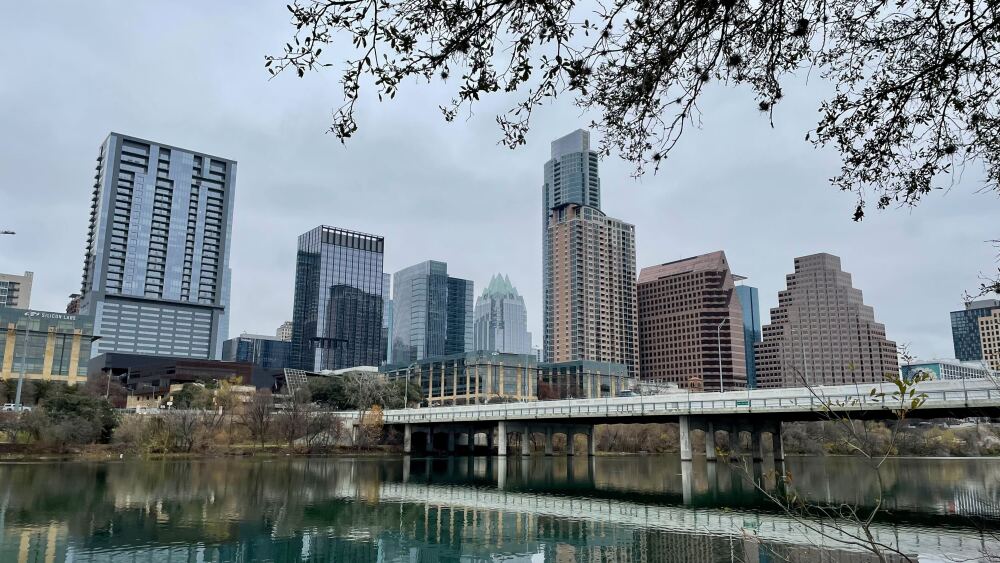The “Great Reset.” That’s what some professionals are calling the post-pandemic era of real estate, a time when the industry is seeing fluctuations in interest rates, construction costs, and demand.
So, what does that mean for Austin?
The Urban Land Institute, the world’s oldest, largest network of real estate and land use experts, released its 2024 Emerging Trends report for the US and Canada.
Austin remains a highly sought after real estate market, ranking No. 1 for homebuilding prospects and No. 5 in ULI’s “Markets to Watch.” Of note: It’s been 13 years since Austin ranked below No. 7.
The ULI forecasts several high-level trends for the next year in real estate. We’re not going to go over all of them, but here’s how a few could apply to ATX.
Forecast: High interest rates and increased rental supply are temporarily affecting rental rates.
In Austin: Median rent prices have fallen 14% year-over-year, the steepest drop of any metro area in the US.
Forecast: As remote work grows, the reduced need for office space could potentially affect migration patterns and housing preferences.
In Austin: ATX gained 28,000+ remote workers during the pandemic: the highest net gain in the country. Office vacancy rates in Austin are rising, currently affecting more than 18% of office space Downtown.
Forecast: Record-breaking heat and ongoing climate challenges may affect insurance costs and lead to overvaluation.
In Austin: This summer was Austin’s hottest on record and driest since 1897, although its unclear how that will affect insurance and overvaluation in the long run.
Forecast: Housing affordability remains an issue, putting on more pressure to increase housing supply.
In Austin: An Austinite must earn $126,000 to afford a median-priced home. In September, Austin reached four months of housing inventory, the highest level in eight years, but less than the five-to-six months recommended for a healthy market.












